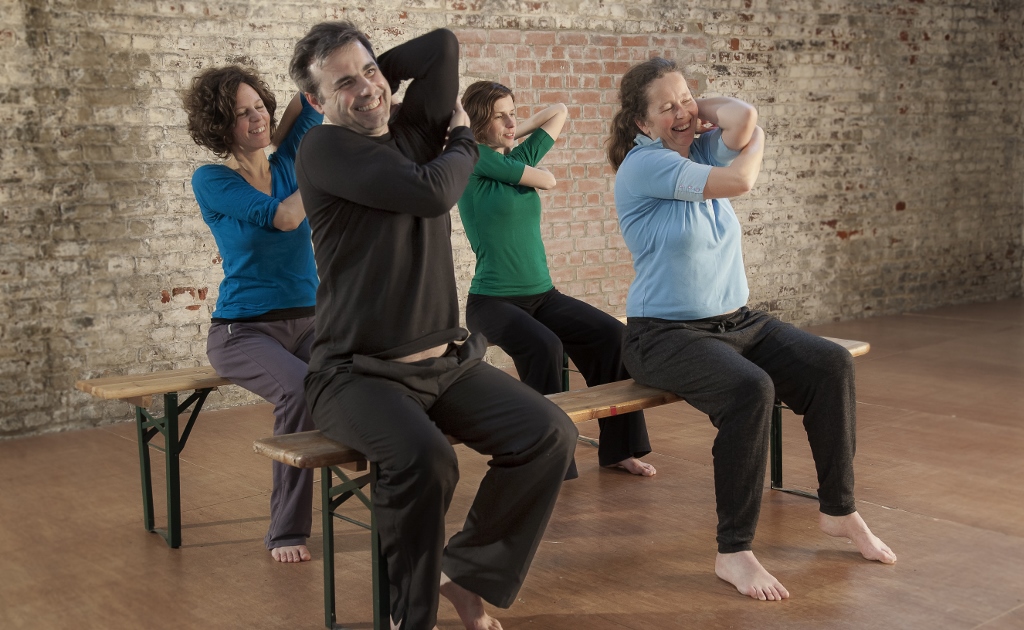Inspired by Feldy and October sun – Walking, Running, Standing
5th October 2024
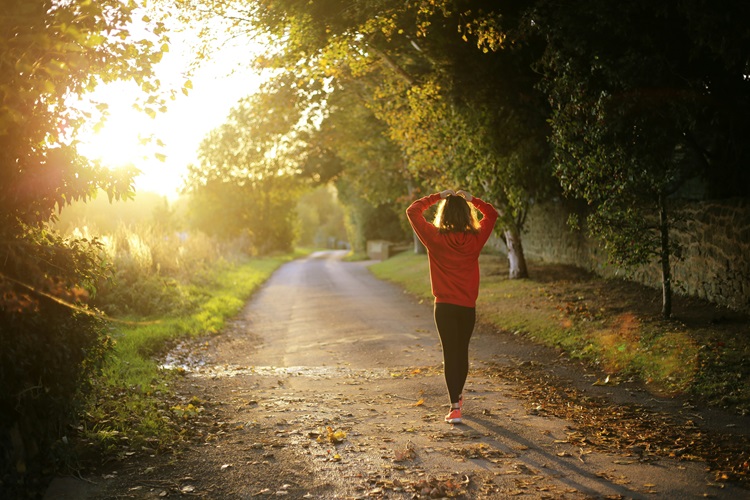
Is that really the sun…in October!
Photo by Emma Simpson on Unsplash
October is here, and what a glorious couple of mornings we’re having! I was out yesterday first thing on the meadows around Frome, the blue sky contrasting beautifully with the low-lying clouds in the little green valleys.
The reason I’d got up early was an urge to test the impact of a lesson I’ve been practising and teaching in my classes this week.
Classes – and individual sessions – carry on in-person and online for another 2 weeks till 17th October, then we break for 2 weeks, and resume on 4th November. Do join us!
Try the lesson that inspired me to get going early. Here’s an edited 20 minute version:
Or if you want to do the full hour, this is the link.
The lesson explores bearing weight through the heels, and how this relates to movements of the pelvis, shoulder and head. You’ll need a chair, and unlike almost all lessons is mostly in standing rather than lying on the ground. It’s very relevant (among other things) to walking, standing, running and balance.
One of the challenges of teaching Feldenkrais is that in helping to engender self-awareness it’s important to allow students to work out a lot for themselves, sometimes without direct instruction or indication from the teacher. So the lessons can seem a bit tricky to relate to everyday life. One of the nice things about this lesson is that because it’s almost all in standing it’s that much easier to apply to everyday functions, and bring awareness to things like balance and walking.
Often I suggest not to try to change anything intentionally, particularly at the beginning, but rather notice what you’re doing. Counter-intuitive, perhaps, but it ultimately allows for sustainable change.
Any comments, questions, or screams of incomprehension about the lesson (or other matters Feldenkrais), please do get back to me.
Finally, congratulations to an old friend with an interest in Feldenkrais – Adharanand Finn – who has completed his epic run around Ireland. And not even a blister to show for it. There is an easy(-ier) way after all! I’m looking forward to his book on his travels already.
What do my hips have to do with my shoulders….?
7th September 2024
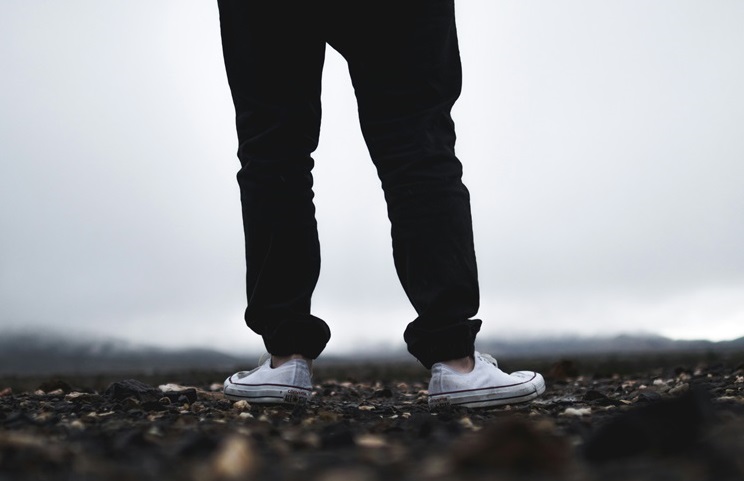
My individual sessions and classes restart next week, 9th September: Mondays 9.30am, and Thursdays 5.30pm in Frome and online at the same time. The theme for the next six weeks will be the relationship of the hips and shoulders in sitting, standing and walking (applicable to swimming too if that’s your thing.)
In this vein, do give this month’s short lesson a go, Hips by way of Lengthening.
Very much hope you’ve had a great summer. I have to admit, coming back to writing my blog proved difficult yesterday…I wasn’t in the groove and as the day wore on it became more difficult. Autumn references seemed hackneyed and hips, my proposed area of focus for the next 6 weeks, proved far too vast a topic to engender any interesting thoughts.
However, after my swimming lesson in the lake this morning, it has all come into focus. It was one of the most impactful lessons I’ve had in this now 3 year journey of learning to do front crawl. We worked on twisting in the stroke, rotating from the shoulders and the hips on the same side at the same time as you lift the arm out of the water, and then begin to bring it forward. Somehow, this enabled me to use almost all of myself in the stroke, and I was swimming significantly faster than before. Many thanks again to my wonderful swimming teacher, Richard Smith at Tribal Triathlon.
No matter if you love or loathe swimming, it illustrates an important point about Feldenkrais. Note my use of italics above – the idea was to move one side of the hips and shoulders at the same time in the same direction.
It struck me that so much of my work involves helping people to improve comfort and strength in walking and in balance. Very often the best way to do this is by bringing awareness to and enabling clients to move the pelvis and shoulders in opposite directions, so called ‘contra-lateral walking’.
Without realising it I think my emphasis on this in my work, had prevented me from accessing the same side rotation in swimming which seems to be so helpful. And that really brings us to the nub of it all.
In the method, we’re really not trying to advocate the right posture, or the correct movement. The idea is to become aware of what we’re doing, develop different possibilities of moving and being, and then be able to apply the appropriate movement or action to any given situation in which we find ourselves.
It reminded me a little of the struggles I had to write my blog yesterday. The hips were a good place to start, but for me it was the wrong time in an unhelpful place to try to complete the task.
So that’s why the relationship of the hips and shoulders is the theme we’ll be looking at in class.
Genius, Midsummer and 10 Days to Go…
10th July 2024
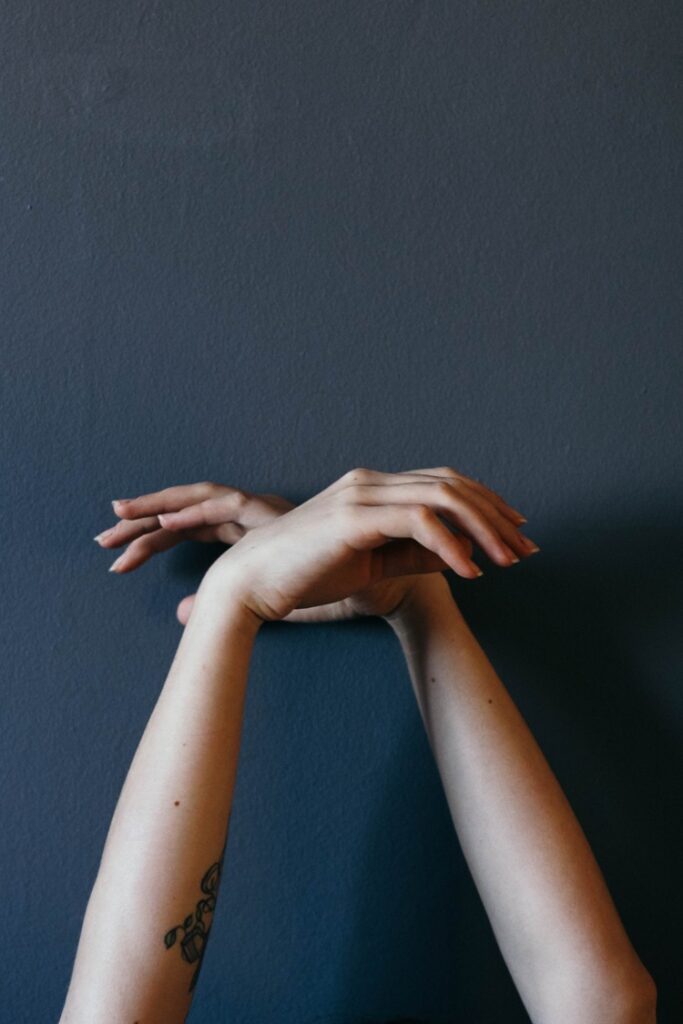
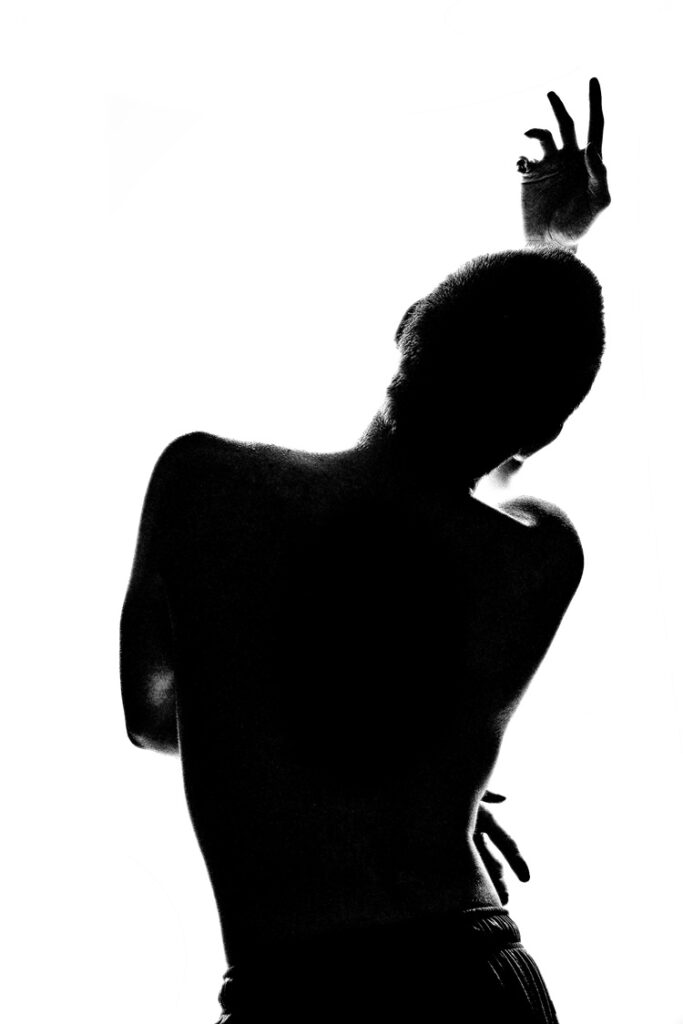
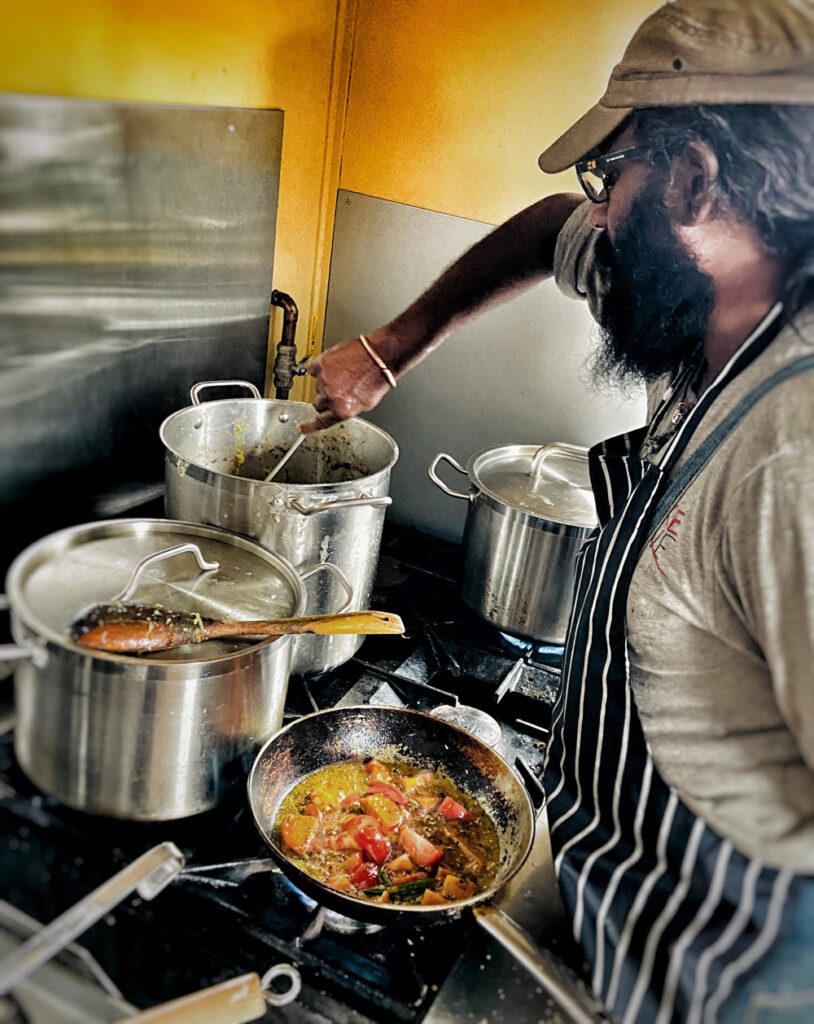
A very happy July to you! The midsummer vibe is very much with us now, in spite of the rain. Somehow, with the longer days and close-to-end-of-term vibe for my children, there is a manic feel to life, which is very particular to this time of year. For me it is the most intense time of ‘doing’ in the year – not always easy! – but there are lots of things happening.
What does that have to do with Feldenkrais, you may ask (I think I used that line last month too.) At a midsummer sharing circle I recently attended, the main theme was around what really inspired us in life, what actions really make us tick. It seemed the right thing to ask at this time of year surrounded by the blizzard of activity.
That’s where Feldenkrais comes in. In becoming more aware of the whole of ourselves through movement, we can better sense what really makes us tick. We are all a genius in our way. The difficult bit for most of us is finding it in ourselves, hidden as it may well be behind years of conditioning, education and being told (explicitly or implicitly) that we’re not good at this, that or the other. Little by little practising the method can help us re-find our true north.
This month’s lesson Frog’s Legs (an excerpt at 20 minutes) is a lovely one to take it easy.
The full hour long version is on my Frome FM page.
And yes! You may have wondered when I was going to get to this: only 10 days to go till 20th July and our wonderful cooking / Feldy workshop with Mahesh at LungiBabas.com. More info at FeldenkraisSomerset.com. What better way to tune in and excavate the great things about yourself. It would be wonderful to see you there.
Cooking, Movement, Eating and Awareness!
7th June 2024
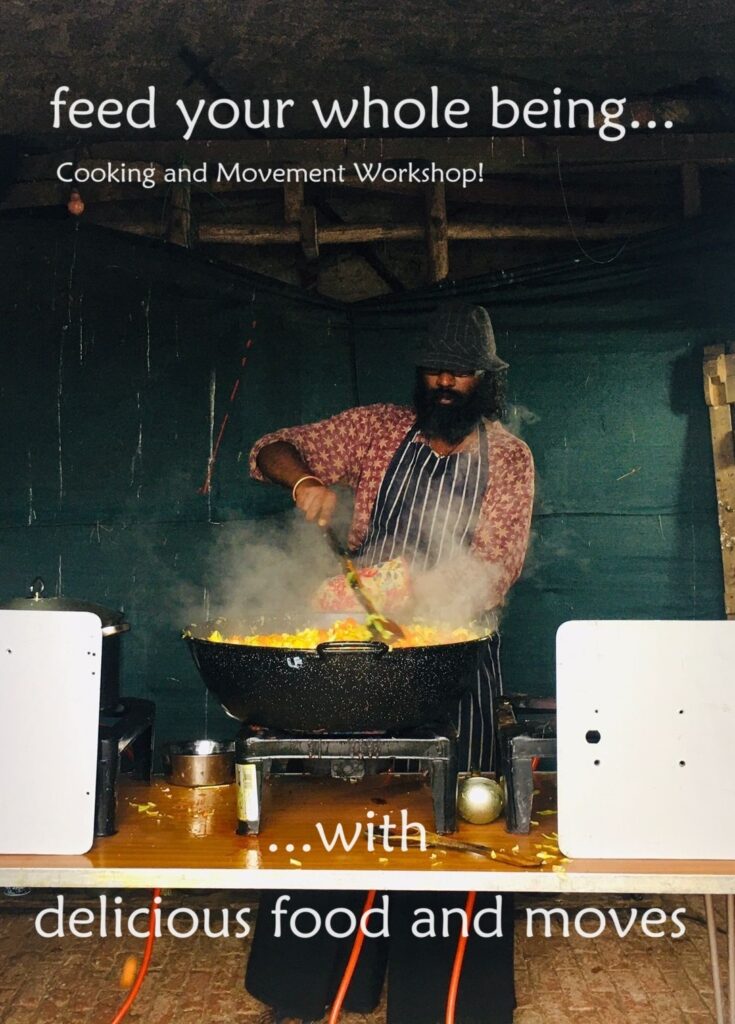
So I think we can actually say summer has arrived! What a wonderful blessing that is.
Do try this month’s lesson (25 mins version) which is in standing.
Here’s the full hour long recording from my Frome FM show.
Which segues nicely into my Movement and Cooking workshop on 20th July with Mahesh at Lungi Babas, Frome’s wonderful Indian restaurant. Standing comfortably will be one of the main topics we’ll be exploring.
Yes, a sensory feast – 8 hours of Feldenkrais, learning to cook and eating. The ultimate workout! It’s on 20th July at East Woodlands village Hall. More details here.
How on earth can you combine a cooking and movement workshop?
A very good question! And I promise we won’t be doing headstands straight after lunch.
This collaboration has come about as Mahesh has been coming to my classes for several years now. The method is focused on improving everyday functions, or daily activities.
What better function to choose than the action of preparing meals: the standing, the stirring, the chopping, and fine motor control in the arms and hands. And that’s even before we think about the enhanced sensory awareness, particularly related to taste.
It can be a difficult sometimes to relate the movements we do on the mat to everyday actions, as let’s face it Feldenkrais lessons can be difficult to make sense of (and in a way they’re designed that way.)
The beauty about this workshop is that you will have a chance to test out actions then and there, as we interlace the cooking (and eating) with the movement work.
One sneak preview to try at home:
Choose, something easy to chop, where you’re not going to cut yourself (!) Chop with your dominant hand, and see how much you press into your foot on the same side. Notice the tonus of your muscles along your two sides as you do this.
Then, switch to chopping with your non-dominant hand. Does this change how your weight goes through your two feet, and the tonus along the length of your sides?
BTW, washing-up is a great testing ground for Feldenkrais too, using the non-dominant hand as above. But then I doubt a Feldenkrais / washing-up workshop would be very popular (though you can still explore this at home…)
So yes: summer, Feldenkrais, cooking, eating and washing up. You get it all on this blog.
Not Just May Holiday…It’s International Feldenkrais Week!
6th May 2024
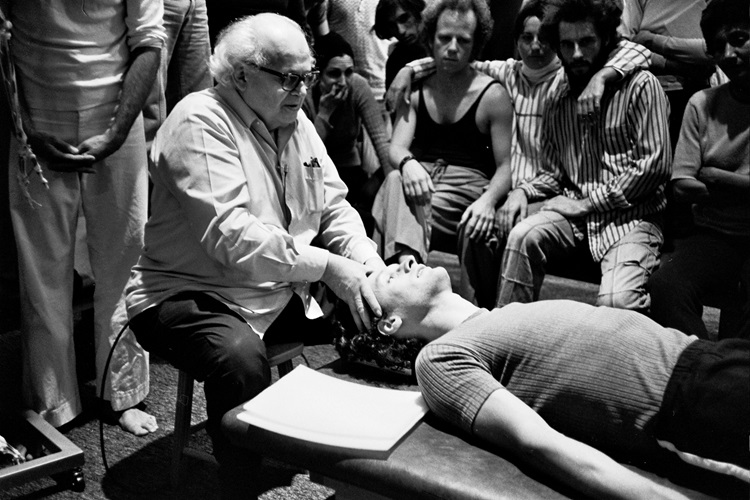
The great man in action
© International Feldenkrais® Federation Archive, Bob Knighton
Yes indeed this week is International Feldenkrais Week, coinciding with Moshe’s birthday. He was born on May 6th 1904, in what is now the Ukraine.
The UK Guild is marking the week with a series of events on the theme of Transition, and the release of six free audio lessons. We’re having a free event on Thurs 9th May here in Frome, 3 to 6pm at RISE.
Do come along if you can – it’s free, and you can book here. I’m doing a session on the ‘Challenge of Change’, in between my colleagues Jackie Adkins and Heather Stone. It promises to be a great afternoon.
My classes continue apace (Mondays 9.30am and Thursdays 5.30pm). The current theme is Balance: Standing, Walking and Running. Do get in touch if you’d like to book either.
Have a go at this month’s lesson (edited to 33 mins).
If you want to do the whole lesson, here’s the link. This time it’s on your front – so be gentle with yourself, and only do it if you can find a comfortable way to be in that position.
A few thoughts on Transitions
Why is it transitions can be so difficult?
They can cast a much longer shadow than you’d logically expect. In my own case, starting the week (the Monday thing) and starting the day (getting out of bed) can carry a weight they don’t deserve. I guess deeply held habits, the source of which may long be forgotten, can surface at a similar time to when we first experienced and were weighed down by them.
Feldenkrais said his method aimed to ‘Make the impossible, possible, the possible easy, and the easy elegant.’ At its heart, it’s about finding ways to learn to change more readily, by developing your faculty of attention. It’s about finding new options in movement and life in general, when previously you might have thought you were stuck.
And the focus is on finding the easy way, being kind to yourself and not giving yourself a hard time.
Change is so much a part of life, and – just like gravity – Feldenkrais can help you harness it, rather than it weighing you down.
Sorting Out a Pain in the Neck
5th April 2024

How on earth do I get out of this one?
I would love to start with upbeat references to spring, but I don’t know about you…the continual rain and wind has finally got to me! Hope springs eternal of course, and the Feldenkrais Method is nothing if not positive in outlook. So maybe we’re just having all the rain now to make way for a lovely summer. Fingers crossed!
Have a go at this month’s lesson (edited to 25 mins).
If you want to do the whole hour, here’s the link.
This lesson came out of a need to explore something that had begun troubling me. I’ve been teaching Feldenkrais for 12 years, and I don’t mind admitting that issues arise in myself which are similar to those that clients come to me about. It’s what makes the work so interesting: an ongoing and meaningful exploration of optimising movement and being in the world. My first teacher, the wonderful Scott Clark, wrote an amazing piece about his challenges with RSI. So I thought I might write a little along those lines today.
A year or so ago, I began to notice discomfort in my lower neck as I was at my desk in front of the computer. Then I noticed something similar driving – I’m tall, and I’m quite squashed in the car, so it’s always been a bit of a challenge. Soon I was beginning to notice a similar discomfort, and it was getting to me. Then, worse still, I noticed that in order to look at the horizon when I was walking I had to make quite an effort. Without noticing it, I had become accustomed to looking at the ground – head bowed at little, shoulders and upper back rounded. Being tall, the environment often asks me to look down: at other people, whenever I walk through a doorway or when I inevitably end up sitting on a low chair (like the car), which rounds my spine.
Yikes – it felt like I was prematurely going the way of my father and grandfather who ended up being quite stooped. As Scott says in his article, however, I knew that these type of setbacks can have a very positive effect in the longer run. It was a call to action (‘kick up the arse’ doesn’t sound in the spirit of the method.)
I started off by doing a lesson lying on a roller. It was remarkable, and at the end it felt (however absurd this sounds) likeI was a few months pregnant. My tummy seemed to stick right out, and my back felt much more arched. I knew that if I could find more openness in the chest, with the sternum further forward, then my neck would have to do less of the work and be more comfortable.
Yet this lesson felt a bit much. Better to stick to Feldenkrais approaches of staying within a really easy range, not butting against the boundary of what one can comfortably do. Instead, the idea is to keep it really easy, and amazingly this enables you to go beyond the range that you previously had without testing it in an uncomfortable way. It sounds a bit bonkers, and something I often ask clients to bear in mind. It was interesting to notice in myself how tempting it is to push it, and stretch.
So I did a series of lessons over the last few weeks, of which today’s was one – and next month’s is another. And little by little I am bringing greater awareness to how I hold my sternum, shoulder girdle and spine, and how this relates to my pelvis and legs. Thankfully it’s certainly beginning to help.
The main nugget of wisdom I’ve clarified for myself is to allow the shoulder girdle to hang like a coat hanger from the top of the spine. And in a restrictive environment like a car seat, this is more important than trying to find more length or extension in the spine which can quickly become unsustainable and tiring.
So there we are, a little personal reflection which may shed a little more light on what the method is all about.
Frome Kindness Festival Coming Up
1st March 2024
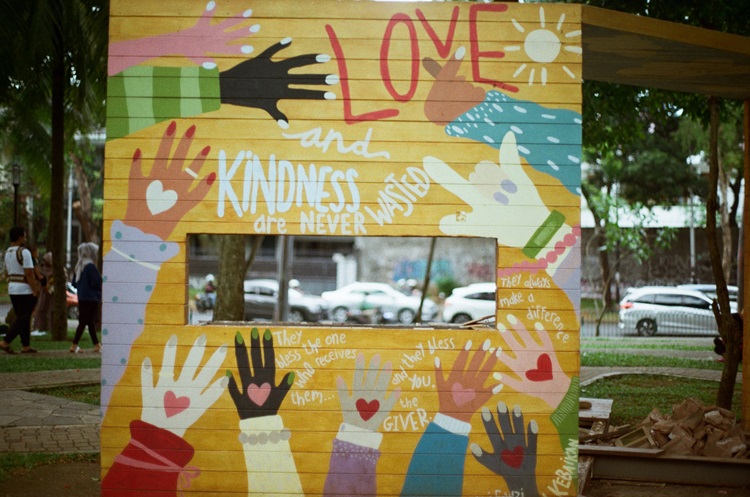
And can we be kind to ourselves?
No dramatic seasonal changes to report. It’s raining with lots of grey days, and ideas linked to new beginnings, spring coming etc. will have to wait till next month (fingers crossed).
This month’s lesson
Have a go at this month’s lesson, ‘Dropping Heels’. Immediately below is the 16 minute version (apologies if the ending is a little abrupt…)
Or you could try the full 58 minutes, Dropping Heel’s. directly from my Frome FM show.
It’s mostly in standing, which is a nice change. After listening back, I realised how often I say the word ‘good’. Perhaps you could keep a count. , .
It’s a reminder how habits, though essential to living, can sometimes be somewhat annoying, or even downright damaging. The method is all about excavating the ‘elusive obvious’ and bringing to our awareness what we normally do. We can thereby give ourselves a chance to change. So let’s see in future if I can reduce the ‘good’ count.
Kindness
Given the Kindness Festival is imminent, I thought I’d pen a few thoughts on what kindness has to do with Feldenkrais.
At the core of practising the method is not to force (which seem deeply ingrained in many of our life habits), and trying to find the easy way. In a lesson, students are given the chance to explore what works for them, not to have an outside model imposed. We discourage participants from going to the end of their range, from stretching even. We really encourage people to stay within parameters which are completely comfortable. The strange thing is that as soon as we are in discomfort, we are somehow semi-programmed to explore that spot further…as if putting ourselves through a bit of pain is bound to help.
The mad thing is, if you don’t go to the end of your movement range and don’t go near the painful bits you can still expand that range, and reduce pain and discomfort. You don’t have to sacrifice something, hurt yourself or go through the pain barrier to make a positive change. In short, it helps to be kind. And I guess the best place to start is with ourselves.
Roll on the spring!
Happy …[insert halfway to Equinox]… Day!
2nd February 2024

Festivals of many names
Happy Candlemas, Imbolc or Ground Hog Day (depending on your cultural persuasion.) What is undeniable is that today is midway between our winter solstice and the Equinox. So a good moment to notice that the days are indeed getting longer, and that the cold and wind of winter will not last for ever. Hooray for that!
Try a short 15 minute version of this month’s lesson.
It’s the Candle Holder (though Feldenkrais had in mind Hanukkah rather than Candlemas). A lovely way to explore movements in the chest, shoulders and arms. If you like it, have a go at the full hour long lesson.
The contested naming of today brings to mind the words we use to talk about the method, and how those words compare to other modalities that describe similar things. In referring to our structure, our language focuses largely on our bones and the nervous system. We rarely mention the word ‘body’ to prevent reinforcing body / mind dichotomies. We prefer to talk of the ‘whole self’, acknowledging the integration of all the different systems humans are made up of. We probably don’t talk very much about muscles, or fascia.
The explanations are often concrete and simple as possible, eschewing reference to the spiritual, or the energetic and certainly not the magical (though it’s a word used now and again by students who can’t understand how such seemingly inconsequential movements can have such a big effect). In many ways Feldenkrais rejected religion, and at the same time melded his expertise in science (as a nuclear physicist) with knowledge of martial arts and his forefathers’ pedagogical approaches rooted in mystical Judaism.
In this simplicity we can find genuine transformation: the integration of our individual selves to make the whole of us much greater than the sum of our parts.
How much do you make use of yourself in sitting?
13th January 2024

Would your sitting bones be comfortable with that seat?
A very happy new year to you!
New year, new beginnings and perhaps new intentions. A nice moment to reflect on finding easier ways to change things in the Feldenkrais mode.
As I catch up from the December busyness, I’m going to cheat a bit and re-post the lesson from last month.
Again it’s a chance for you to notice what parts of your skeleton you make use of in sitting: maybe feet, legs, pelvis, spine and head. Repetition is a wonderful thing!
I try to fit in a lot into the 15 minutes, so I thought it would be helpful to elaborate a little more on the lesson.
The sit bones, on the bottom of our pelvis, have a nice obvious name (unlike many other bones in our body). But how often do you notice using them in sitting? And do you rely more on one side or the other? Surprisingly, the answer to these questions can shine an important light more generally on how we use ourselves and our skeleton.
Be aware when you do the lesson that you can try lifting the sit bone on one side by side bending, and bringing the shoulder on that side closer to the pelvis. Tilting the whole torso to one side or the other is not the only way to take weight off one sit bone.
Due to technical issues, I haven’t been able to post my Frome FM show on this blog recently. But I’ll be doing this again from next month – fingers crossed.
Do you have to put up with discomfort?
1st December 2023
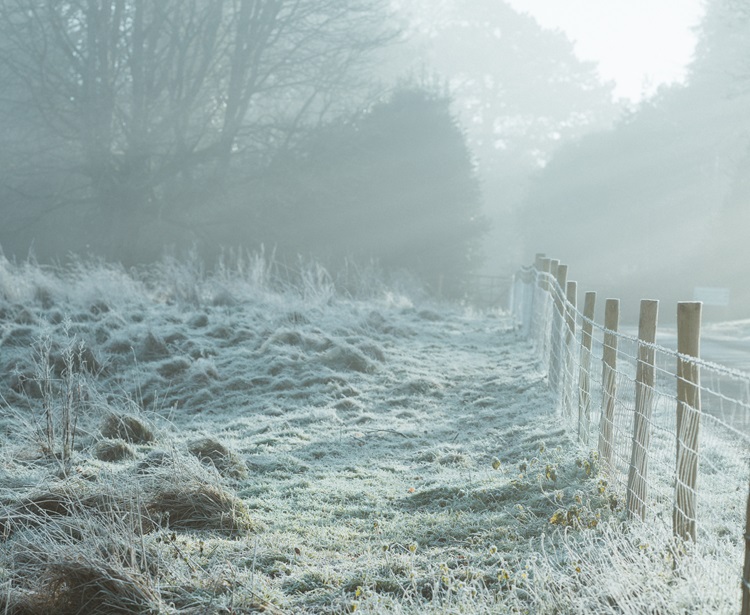
So beautiful the winter…but a mixed blessing
The very best of a frosty, December morning to you!
I love the colder weather, mostly. It often energises me during the day and I enjoy the greater peace and calm of the longer nights.
But, on the flip side it certainly feels less comfortable at times. It’s cold, our heating is not great, my toes are aching a little as I write (and somehow it’s a pain to dig out the thick socks I have somewhere). On occasions at this time of year life just seems to require extra effort.
One of my Feldenkrais mantras, you may have noticed, is to avoid discomfort – find the easy way. It’s the opposite of ‘no pain no gain’, not trying to force something to improve it and instead being able to tap into our innate human intelligence to find a creative solution. And yet, you may reasonably say, discomfort is an unavoidable part of life.
You would be right, there’s no denying it. I’m super aware of this as I go for an outdoor swim, or as I sit at my desk for hours when I’d much rather be moving around. However creative and intelligent we are, we know that sometimes we have to do mundane, boring, stressful and even painful things in life as a trade-off for getting something we need.
But perhaps we’re inclined to do these things more often than necessary, conditioned as we may be to put up with pain and act in spite of our deeper interests.
In a Feldenkrais class, at one remove from our daily lives, there is no need for discomfort. Unlike in the outside world, you don’t have to achieve anything in the class (a particular position, say) and there are always options to find an easier, more comfortable way. In this particular environment, learning happens best when we are enjoying ourselves, when we find pleasure and curiosity in our actions. Discomfort and pain need not be laced into, and detract from our ability to learn. This practice of finding an easier way can then spill over into our everyday lives.
So give it a go yourself – try this month’s lesson in sitting.
I do hope you have wonderful celebrations over December, and I will be back in the New Year.
Are you a right sucker, or a leftie?
3rd November 2023

Finding habits in unusual places
The eagle-eyed amongst you will have noticed that I managed not to write to you last month. Apologies – somehow the transition to Autumn and getting Covid (mild thankfully) got in the way.
Now that we are firmly planted in the wind, rain and cold, I’m back on it. Such a great time of year to notice things, with changes in the seasons and length of day seemingly at their most evident.
Try this month’s lesson on Frome FM to explore something you may never have considered: sucking movements.
“What!”, you cry, “how on earth is this going to be helpful to me??”
“For goodness sake I have a bad back/knee/insert part of the anatomy. Discovering that I am a right sucker rather than a leftie sounds frankly bonkers / useless / insert term of abuse.”
Well, at least for this recording you’re not having to pay for it.
And you might even be surprised. I would say it can help on two levels, (maybe more if you rely on your lips more than most: a wind musician, for example.)
First, sucking is one of the very first movements we use after we are born. It knits itself deep into our nervous system from the get-go, linking with our sense of well-being, emotions and muscular tonus. The mouth has an extraordinary flexibility, with many muscles inserting into the fibrous areas at the end of our mouths. It can communicate very different states of being in an incredibly precise way, and prime the rest of ourselves (muscle tonus included) to back it up. So if you can release tension around the mouth, this can have a global effect releasing tension across ourselves. This, in turns, allows new possibilities for movement in bad backs, knees etc.
Secondly the practice of noticing differences between these small, fine movements enhances our overall ability to notice our sensations. That’s the holy grail for changing habits – once we’re aware of what we’re doing, we’re in a position to do what we want.
Organic Learning….and Peak Frome!
1st September 2023
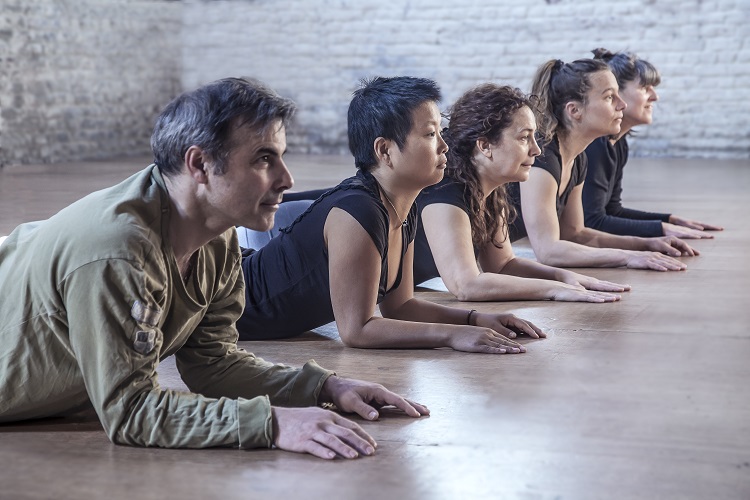
The riddle of the sphinx
This month’s Frome FM show explores how organic learning is at the heart of Feldenkrais, with a lesson in the ‘Sphinx’ position (easy options suggested, if lying on your front is not your thing.)
Organic Learning
It may seem odd that I call myself a ‘teacher’ rather than a ‘therapist’ or even a ‘healer’. My sessions are ‘lessons’ rather than ‘treatments’ or ‘therapy’, and we talk of our ‘students’ rather than ‘patients’. Why is that important?
Learning is often conflated with traditional scholastic learning, with its curriculum, grades and getting things right or wrong. The dominance of this type of learning is profound. Yet organic learning is a deeper type of learning, which we were all engaged with long before we stepped in a classroom.
Organic learning is particularly prevalent for us as babies and infants, as we move from being a newborn with almost no instinctual movements to learning how to walk, and beyond. It is a process of trial and error, driven by an instinctive impulse for self-mastery and blossoming of the possibilities of being human. It may often be slow, unconcerned with judgment of good and bad, there may be no obvious purpose or goal. It allows us to learn how to do things and change in a profound way. And while it may be prevalent as an infant, its possibilities never go away and can be tapped into and re-kindled.
The movements we explore in Feldenkrais are partly inspired by infant developmental movements. By recalibrating the nervous system, we can find or re-find movement patterns that have become lost or that we never explored in the first place. In this way, we learn to move in more optimal ways which reduce pain and improve our everyday actions.
So in a sense, my job title might be ‘Organic Learning Mentor’. Very ‘Peak Frome’ as my brother would say, fitting nicely alongside many of the other wonderful, often alternative things, which happen in this town!
Have a go at the Sphinx, and see if it taps into this deeper level of learning.
above photo © International Feldenkrais® Federation Archive, Robert Golden
Spine, knees, elbows…and healthy competition
30th June 2023
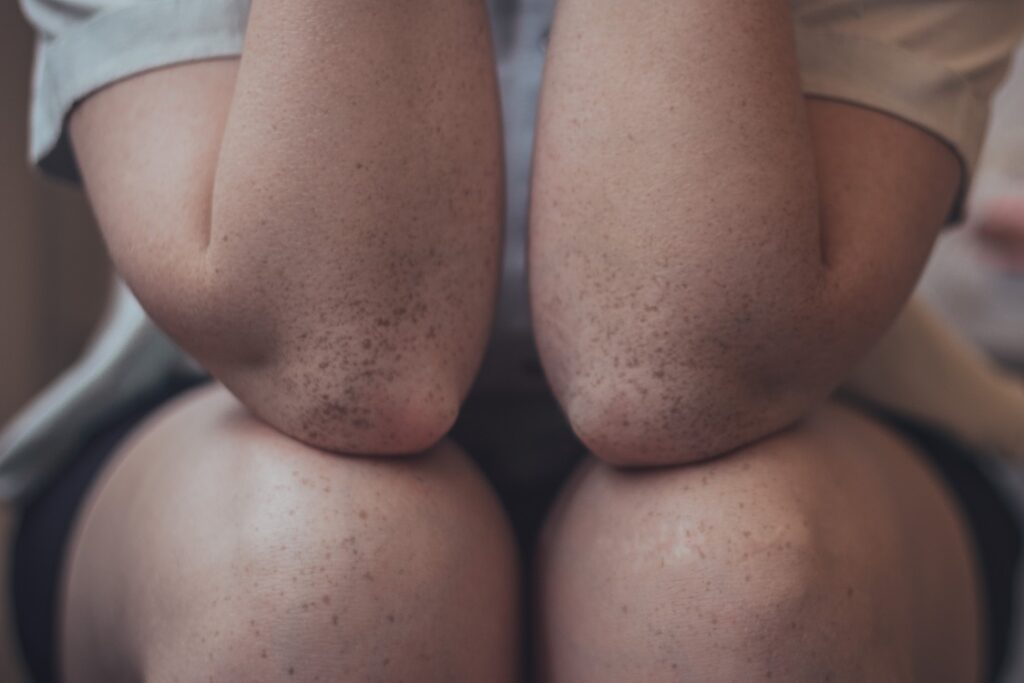
Happy mid-summer – hope you’re enjoying the sun!
Have a go at this month’s lesson at home. It explores bending through the spine and the whole self, by bringing knees and elbows closer to each other.
Healthy Competition
Following on from last month’s blog, sport is close to the front of my mind at the moment. The Ashes (cricket between England and Australia) are on at the moment, and my family is mad about the game. Though a well fancied side, England are semi-inevitably failing to live up to their billing. Why do we put ourselves through it? The lows of losing far outweighing in frequency and intensity the highs of winning. As the old adage goes – ‘it’s not the despair that kills you, it’s the hope’. Very apt.
One of my favourite bits of Feldenkrais’s life story as told by Mark Reese is the account of Moshe taking on a local strongman, when he was working in Scotland during the war (2015: p186). The man was armed with a club, or perhaps a chain – an image which has stuck in my mind. Feldenkrais won the bout – who would have doubted it – but the local warrior caught Feldenkrais’s bicep with his weapon, leading to a long-standing injury. As Reese says (p187): ‘…he [Feldenkrais] learned – again – the idiocy of competition…’
So what is it with this competition thing?
To quote another passage from Reese (p75): ‘He [Feldenkrais] gradually learned to distinguish between superfluous competitiveness and the warrior spirit that belongs to healthy self-expression and self-preservation.’
I guess the need to compete is in all of us to a lesser or greater degree. (And that’s even before we start thinking about the concept of competing with / against oneself.)
Yet we live in a world, and most of us have been brought up in education systems, where competition is given a pre-eminence it does not deserve. In addition, the outcome of the process is given more importance than what is learnt along the way. And this, I suppose, is the problem – not necessarily competition itself.
Darwin’s theory of evolution may have emphasised ‘the survival of the fittest’, but the main thrust of his argument is the ability to adapt that make some species thrive. And that’s what Feldenkrais is all about – developing our capacity to learn to be able to adapt optimally to any given situation, and the changing environmental circumstances as we experience them.
Reese, M (2015), Moshe Feldenkrais: A Life in Movement, San Rafael CA, ReeseKress Somatics Press
Revive you Shoulders
28th April 2023
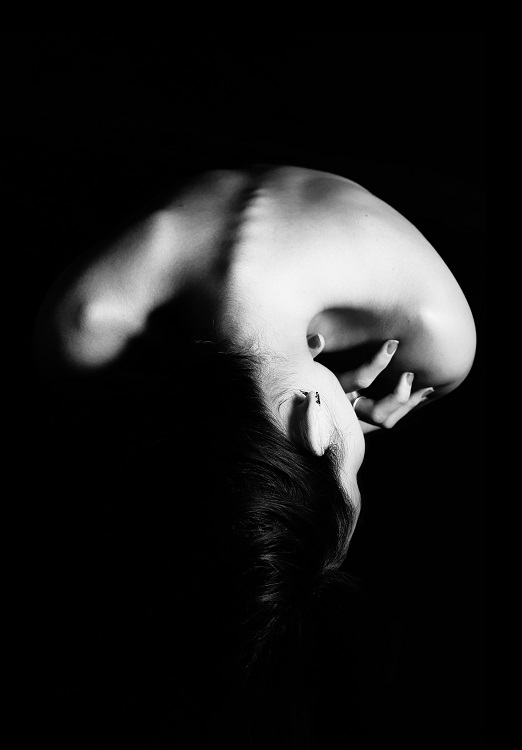
Try as the current weather might to suppress it, spring does seem to have arrived in Frome. All that new life and movement coming forth! And the analogy I’m going to try to use here is with the…shoulders.
Why is it they can get so stuck? I don’t think any other joint gets labelled ‘frozen’. Hopefully, Feldenkrais can help you unfreeze it, like a spring sweeping through our skeleton. (Ok – apologies for tenuous seasonal link).
So yes, the use of shoulders for everyday life and sport is my focus for the next month or so, with a workshop – Revive your Shoulders on 19th May 2023. And do give this month’s Frome FM lesson a go – a lovely, gentle exploration of how the shoulders relate to the rest of us.
The Shoulders
So why is it they cause such a particular challenge for the modern human?
The shoulders are the joint which provide for the greatest range of movement in the skeleton. There is so much possible that can happen, I guess there is more to go wrong. And in that complexity, it can be confusing how they work. Aligning self-image (how we sense ourselves), with how we actually are, is key to the method. And that confusion can therefore cause difficulties.
I find it fascinating, somehow, that the shoulder blades have no skeletal connection to the back of us, the shoulder girdle only being connected by bone at the front of us. Likewise the size of the blades is perhaps surprising – a triangular shape as long as our hand from the tip of middle finger to the wrist. Once the mechanics of the joints become clearer in our understanding, that’s a big start towards improving their use.
The shoulder girdle also straddles a particularly ‘busy’ bit of the skeleton, at the intersection of the arms, spine, and close to the sternum. It’s a bit like the M25, perhaps, so much traffic at any time, that there always a risk of overload, and blockage.
Finally, with our affection for chairs, digital tech and our modern lives, we are somehow inclined to round the shoulders – and forget they don’t have to be like that. Rounding the shoulders is very important sometimes – rest, defence etc, etc – but not all the time!
How to love your neck
2nd April 2023

Never really sure how to start the monthly newsletter: a mention of the weather, or passing of time, or perhaps reference to state of mind at the moment? All rather anodyne and trite – so how about a meta-reference to starting monthly newsletters instead. There we go.
My next workshop ‘How to Love your Neck’ is on 21st April 2023, in-person in Frome and online. It has come up partly on the back of the last series I taught about using the arms. I noticed how many of us (certainly including myself) could do with developing more attention to how those seven cervical vertebrae relate to the rest of our skeleton, and nervous system.
This Month’s Lesson
See if this month’s lesson helps you make use of your neck more easily. Due to a technical hitch with my Frome FM show this month, this is a shorter lesson at 15 minutes long. It’s on your front, so don’t force it if that’s uncomfortable.
A few more thoughts about the neck:
A more flexible and comfortable neck can help with fundamental functions like balance, breathing, and walking. Many clients (and something I can personally relate to) talk about neck discomfort at a computer. In the digital world it’s a big issue. You only have to look around to see how uncomfortable people look when they’re using their mobile phones – and how much they flex their neck and spine – to see why we need to come back to it again and again.
I’m also really, really enjoying my swimming again (I hope you will indulge some more references to this). When I first started swimming as an adult 20 years ago, front crawl gave me neck stiffness and headaches. Now, immersed in the Feldenkrais Method and with a wonderful swimming teacher, the turning of the head just feels natural and smooth. With the water so cold at the moment, I spend five minutes or so with my head above the water. And I struggle to do the crawl, my spine doesn’t like it and I get out of breath quickly. As soon as I’m accustomed to the cold and can put my head in the water, the whole stroke clicks into place. We use the neck in similarly sub-optimal head-out-of-the-water-doing-crawl ways in everyday situations. But we barely notice it, in the hustle and bustle of life.
Feldenkrais is about making that strain as obvious for ourselves, as it is when we observe it in others (go on…take a look at people using mobile phones, particularly when they’re standing.) It’s what Feldenkrais so eloquently called the ‘Elusive Obvious’.
A final thought: perhaps the concept of the neck, the semantic distinction, is part of the problem. Yes, it is the bit of the spine above the torso, and easy to distinguish. But it really is a part of the spine rather than a thing on its own. Perhaps that’s a good place to start – not using the word neck all together. Maybe…maybe not!
Get back to running
3rd March 2023
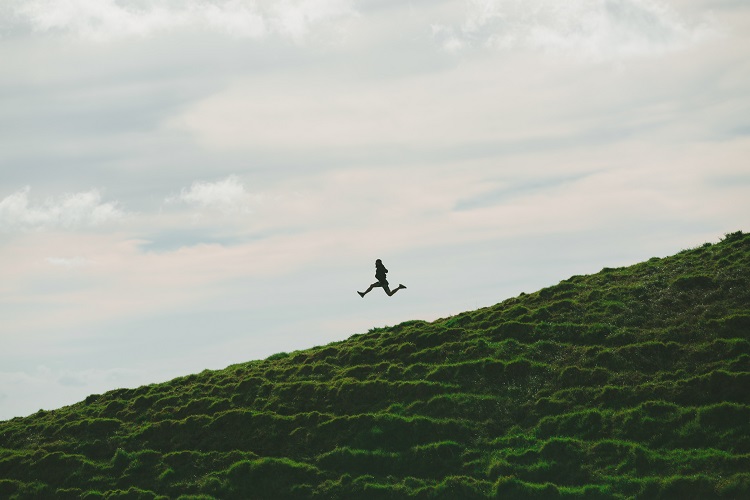
Difficult though it may be to imagine with forecasts of wintery weather next week…spring is just around the corner. Yahaay! And what better time to dust off your running shoes, and re-discover the exhilaration of running.
Fear of injury may be holding you back from trying to run again. Perhaps it’s a dodgy knee, a sore back or just the thought of the sheer effort of putting one foot in front of another.
And that’s where Feldenkrais can be so helpful, with its focus on optimising the use of the skeleton and finding the easy way to do something. It’s great for reducing injuries and bringing the enjoyment back.
Try this month’s lesson – ‘On the side sliding the arms and legs‘ – to explore how the method can help. It may not be immediately obvious what lying on the ground and moving a bit has to do with running (it’s true many Feldenkrais lessons can seem fairly opaque at first.) But stick with it. It’s worth bearing in mind that we humans are still heavily influenced by our quadruped evolutionary ancestors. To optimize our running is to find a happy connection between the movement of our shoulder girdle and our pelvis.
Things we think are set in stone….but aren’t really
3rd February 2023
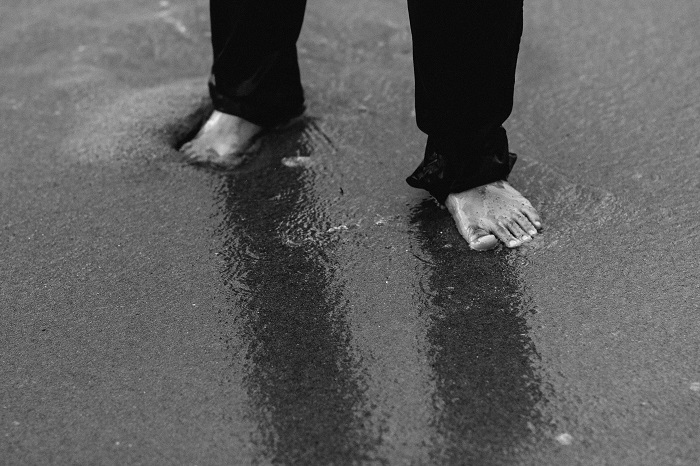
We sometimes think that things just aren’t amenable to change, in muscular-skeletal terms (and in life in general). It may seem we’ve always been like that, so that’s the way it has to be.
The way we hold and use our feet sometimes fall into that category. From time to time clients can say to me that they are ‘flat-footed’, or that their arches have collapsed – as if it’s a fait accompli and that they have to put up with that.
This is a subject close to my heart. I was frequently designated ‘flat-footed’ in childhood, and prescribed instep supports. By the time I was in my early 20’s I’d had 2 different injuries to my left knee, and it never really seemed to recover properly. Only until I came across Feldenkrais did I realise how much scope for movement there was in arching and flattening the foot. The ‘elusive obvious’ became clear, and my feet could help me support my entire skeleton much better (including the knee.)
So try this month’s lesson, the ‘Tripod of the Foot’. It can also almost all be done sitting in a chair too, though I mostly give the instructions for lying down.
The Amazing Human Balancing Act
13th January 2023
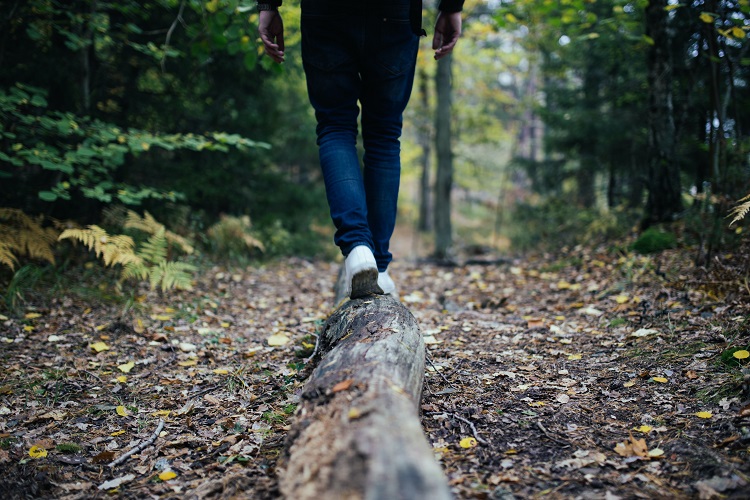
Balance – the current theme for my classes – is pretty darn remarkable. How on earth do we do it? Often it’s only when it becomes compromised, that it’s complexity becomes clear. Feldenkrais can help regain or improve issues around balance. Try this lesson, to explore this complexity.
Feldenkrais was one of the early pioneers of Judo in Europe. He learnt how dynamic equilibrium – and an ability to readily change direction – enabled judo masters to excel. They had a pre-eminent understanding of how best to use gravity and themselves to succeed.
What if we could use that knowledge in everyday life, for movements like walking, typing, or playing a musical instrument? That’s the core of the Feldenkrais Method – a kind of martial (or movement) art for everyday life. And balance is very much at the centre of that.
Take a Breath of Fresh Air
3rd December 2022
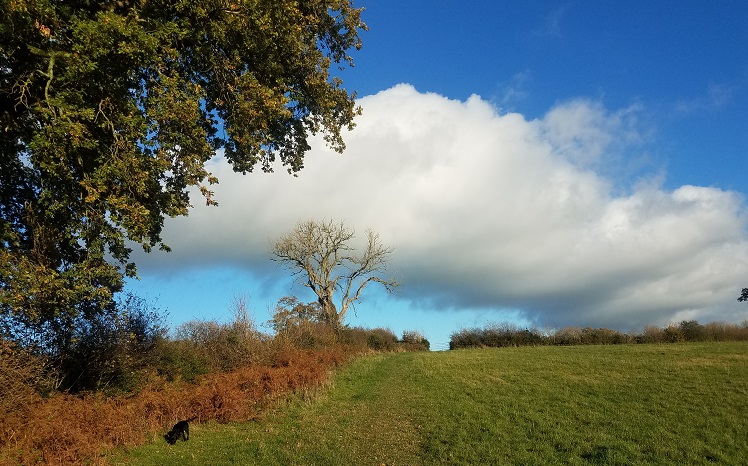
Often in lessons I ask students to notice what they’re doing, and at the same time to try not to change what they’re doing. With many movements, say walking, it can be surprisingly difficult not to let what we feel we should be doing to creep in inadvertently.
It’s particularly the case with breathing. By drawing attention to our breath, it’s challenging not to change how you’re breathing. It’s a wonderful area to explore and develop the delicacy of attention, and how we notice ourselves. We can make uses of various simple reflexes to reset breathing patterns, to better notice which type of breathing is more appropriate in different circumstances.
As Feldenkrais himself says: ‘You do these movements so your body can learn to feel, discern and use its members according to necessity. You will see that your body alters and becomes wiser. It begins to breathe as it needs according to the situation. It is as if there is a teacher within it stating, ‘You need to breathe like this now.” Try this breathing lesson for yourself and see what you think.
Standing Tall and Bending Down
7th November 2022

Action or Rest?
I was struck recently that I hadn’t had a nice hot bath for a while. When we moved house 18 months ago, somehow it became less easy to do. The bath is a lot smaller than we’ve had in the past, then the overflow started to leak which took us a while to sort out. You know boring stuff, and suddenly I realised I hadn’t done something I like for quite a while.
So I put that right a week or so ago. There’s nothing quite like it. I realised that I’d been exploring the joys of cold (not hot) water a lot more in those past 18 months. And I’ve really been enjoying that too.
It got me thinking that the contrast between cold and hot water is a nice way to think of an important polarity of human behaviour: rest versus action. In Feldenkrais, a nice proxy for this can be standing straight, and bending down. Or to be a little more technical: rounding or flexing along the spine, compared to arching or lengthening the spine.
A lesson for your to try
Try this month’s FromeFM lesson to try it for yourself. Remember, do be kind to your knees, and use extra padding underneath them if they might get uncomfortable.
Sometimes students will ask, what the best way to hold oneself is in a particular place, like: is it best to hold my shoulders back?… or increase the arch in my foot?… or breathe out through the nose?…you get the idea.
The boring answer I usually give is: ‘that depends’.
In Feldenkrais we try to avoid imposing an outside appreciation of how someone should be, according to a theoretical framework. Instead, the idea is for the student to develop their own faculty of awareness to notice what they’re doing at any given moment, and react accordingly. It’s all very well to be comfortable to stand up straight – but what happens if you can’t bend down very easily, or vice versa. That’s the point of the two photographs in the blog this month: the Angel of the North, and the man below with rounded shoulders. Standing and bending down are towards the end of the range of this type of movement, but it applies to all the smaller movements in between.
Symmetry or alignment is only ever a theoretical concept – all of us are assymetrical to some extent, and we have quite a wide range of tolerance in order to do things in a comfortable and functional way. So, Feldenkrais is about learning how to trust ourselves to be in a way that we consider to be optimal. We can learn to do this ourselves.
The key thing is not to get stuck in a habit that prevents us from moving between the poles. Standing up straight is good, as is bending down – but at different times. And, of course, it’s good to choose the right moments to have a swim in cold water, rather than a nice hot bath.

5th October 2022

Integration is what you need
The blustery, wet weather of October is particularly notable for me at the moment. I was very lucky to spend last weekend in the wonderful city of Marseille, on the Med. The city has got a lot going for it: the bustle, the diversity of cultural influences, the light, the colour (and temperature) of the sea. It was a bit blustery, but definitely not wet and grey.
I met a group of very good friends I had lived with as a student 26 years ago, when I studied in France. I had not made contact with them – let alone seen them – once since then.
It was quite a reunion! Much to talk about: families, work, the state of the world. I travelled by train, 9 hours or so from Frome, and was very glad of the time I had to myself on the trip home. Such was the richness of the encounters, such was the importance of these friends, I was very pleased to have time to reflect on what had been said, and what this meant for me. I thought how different it would have been had I flown. The changeovers would have been so abrupt, both in terms of landscape and re-integration into my everyday life.
Moshe Feldenkrais pointed out that every action consists of thinking, feeling (emotions) sensing and movement. The idea is that if you change any of the 4 components, then they have an influence on the other three. It is one of the theoretical foundations of the method. So to change embedded patterns of movement, for example, can have a big impact on how you feel, or think.
It’s a big subject, worthy of a much longer piece. Suffice to say that integration is a key part of how the Feldenkrais method can embed change. It is no coincidence that the individual lessons we give are called Functional Integration (FI).
By drawing our attention to particular parts of ourselves, we can rewire the brain or change the architecture of the nervous system. The small movements we do then amplify this effect, and release habitually held muscles, enabling new possibilities of movement (and feeling, thinking and sensing.) Or it may be that characteristics we carry have not been integrated for some time, and manifest themselves in pain, tiredness, or emotional difficulty.
In order to change and develop effectively, these characteristics, or changes have then to be integrated back into our whole self, into our inter-related systems (nervous, muscular, endocrine etc, etc) which make us human. The pieces have to be put back together again.
So, as I watched the landscape change from Mediterranean to Atlantic on the train, it really struck how important it is to integrate into ourselves the highs and lows of life. And that opportunities to do so in our lives, may not automatically present themselves very often.
Do you take the plane or rather the train, so to speak, as you travel through life?
To paraphrase the Record Breakers show from the 80’s (apologies if this wasn’t a key cultural reference in your childhood): integration, perhaps, rather than dedication ‘is what you need’.
Have a go at this month’s lesson – recently broadcast on Frome FM. Be very gentle with yourself, if any of them movements are uncomfortable, do them smaller or slower; or even simply imagine them.
8th September 2022
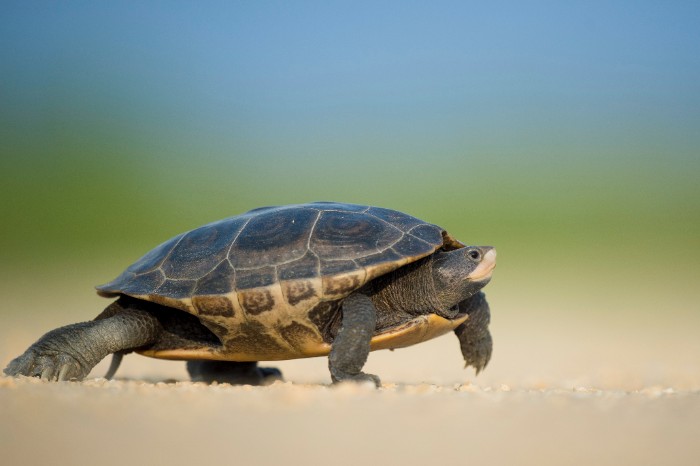
Small is Beautiful – the Magic of Not Forcing
As promised in my last blog, Autumn has suddenly appeared and the hot sunny days (in Frome at least) seem a distant memory, if not a dream!
My classes are starting up again next week: Monday, Tuesday and Wednesday mornings. See my website for more details. My next Frome FM show is tomorrow – enjoy a lesson on the airwaves either on 96.6 FM in Frome, or online.
The theme for my classes over the next 6 weeks is ‘Small is Beautiful’. You know: less is more, tortoise always wins the race – that kind of thing. In Feldenkrais, you really don’t get any points for doing big movements, or doing them fast…often the smaller and slower you do the movements, the more you will notice. And that’s the endgame.
So often, we are encouraged to force something to improve, to muscle it, to practise over and over again: to overcome through dedication and sweat. That can sometimes be a great strategy – but not always, and maybe not often.
So to take an example: you have a dodgy shoulder which you can’t lift even close to your ear. The weird thing is, that in a Feldenkrais lesson, I’d ask you to try to lift the arm only just a little bit. I’d ask you to stay well within your comfortable range, not even going close to where it hurts, even if that means lifting only a small amount. I’d then ask you to do small movements, perhaps exploring the relationship between the shoulder blade and the ribcage, or the spine and the collar bones; maybe even thinking how the pelvis relates to movements of the shoulder.
And lo and behold, after a while, it’s likely that your range of comfortable movement will be greater, even though you hadn’t gone close to the previous edge of that range of movement. It works because we’re facilitating the movement of the muscles and bones via the wonders of the nervous system, not trying to change the muscles themselves directly.
Anyway…give it a go yourself. Try this 15 minute lesson and remember to do it small.
29th June 2022
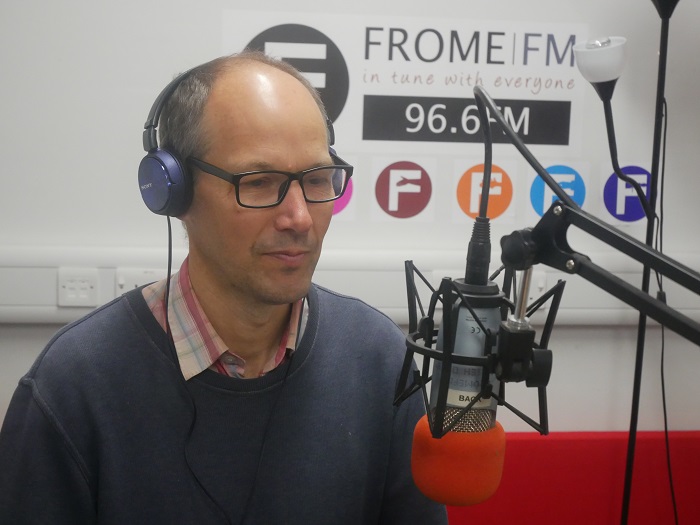
Live on Frome FM!
With July very nearly upon us, I’m excited to say that I’m restarting my Frome FM shows on Friday 1st July at 9am. This time round, however, it will be live, which adds an extra frisson of excitement for me. I will have to hold back my inclination to go off on tangents and start cracking jokes – feedback very welcome! And of course, if you don’t want to listen on Friday morning you can catch up online.
The focus of the hour will be how to comfortably – and with as little effort as possible – come from lying down to sitting up. It’s a kind of a prologue to my workshop on the 23rd July – The Ground is Your Friend which will explore standing up from the ground, and getting down again (and sitting in between). There are still places for the workshop, so do join us if you can.
The lesson on Frome FM – and the workshop – go to the heart of what the Feldenkrais Method is all about, and how it works.
You may think that moving from lying to sitting is not a particularly difficult movement, and one which can be readily achieved. But can you do it comfortably, and can you make best use of gravity and your skeleton, nervous system and musculature?
In fact, if you experience lower back pain, or are prone to a stiff neck, or have a dodgy knee (to name at random a few common afflictions), you may find that this apparently simple movement is not so easy to do comfortably, with the minimum of effort. Indeed some of us may attest to how difficult it can become, as injury or age catches up with us.
One of the things I love about this lesson is how we have a chance to explore movement throughout the whole skeleton – head, pelvis, spine, limbs – and enhance the co-ordination required with the nervous system and musculature.
Dusting off the cobwebs
Indeed there was a time, in the early months of your life, that this particular endeavour was central to your aims in life. Not content in merely being an infant lying on your back, you worked out little by little how you could sit up and begin to explore the world and experience your environment from a whole new vantage point – seated. Then, as you experimented further, you crawled – maybe – and after hundreds of little stages, finally made it up to standing.
It also gives us an insight into how the Feldenkrais Method helps us to improve our movements and general function in life. In drawing attention to specific bits of us, we can begin to rewire the nervous system. Gentle movements then amplify this phenomenon, so that between them – attention and movement – we can begin to sculpt the architecture of the brain and nervous system beyond.
As babies, and as infants, we learnt to expand our movement repertoire through exploring and testing what is and isn’t possible. Many of these movements – rolling, twisting, lengthening, crawling to name but a few – are replicated in Feldenkrais lessons. As we grow older, our movement repertoire can often shrink. We stop rolling around on the floor, and get chained to chairs, desks and other aspects of life which keep us stiller than we might want to be.
If at some point later in life, we find ourselves unable to sit down comfortably on the ground again, we can draw on our lived expertise from when we were much younger and were able to do these things easily. By returning to developmental-type movements, we can re-find movement patterns which felt lost, and regain abilities which had been buried under the demands of adult life.
The software in the system has not disappeared, it just needs a bit of a re-boot.
So do come and join me on Friday morning, and see if you can find pleasure again in trying to come up to sit.
Feldenkrais Frome Facebook Page
In other news…Jackie Adkins and I are developing our Feldenkrais Frome facebook page a bit more. Jackie is also a Frome practitioner, and we are initially exploring how to communicate the benefits of the method through pictures – do take a look.
1st June 2022
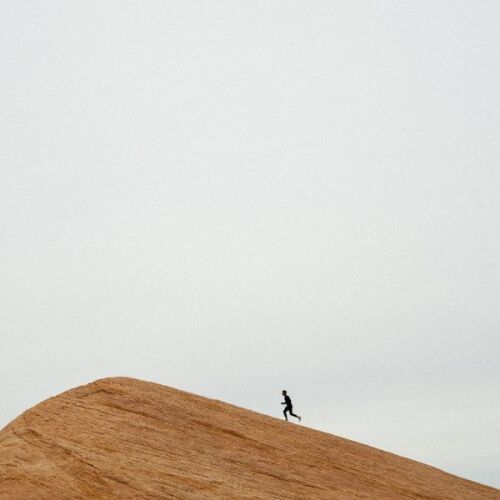
June is here and the sun seems to be making a return: here’s to long days, blue skies, and clear views. I am going to base my next 6 weeks’ of classes, which begin on Monday (6th June), on exploring how we relate to the horizon.
I noticed a while back that when I was running, and sometimes walking, I often looked at the ground a little way in front of me, rather than towards a notional horizon. It surprised me that it wasn’t more natural just to look at what you’d expect to be, for want of a better expression, ‘straight ahead.’
Feldenkrais is very much not about doing the correct thing, imposed from the outside, in relation to the horizon or anything else. The key idea is that we have options that are available to us, both in movement and in other areas of life, and that we respond appropriately to any given environment in any given moment. So there are definitely many circumstances where looking under or above the horizon is just fine.
Yet…one of the genius parts of the human design is the ability to rotate in our upright position through 270 degrees, presumably stemming from our ancestral need to be able to scan the savannah for prey and predators. This ability to comfortably rotate, particularly the head, can quickly become compromised by rounding or extending ourselves too much or too little.
It’s amazing when you hit the sweet spot in terms of uprightness, so to speak, how easy it is to turn. And how readily, perhaps, we are willing to relinquish this ability by not being very aware of where our horizon is. It’s an exploration that touches on much of the skeleton – there are many ways we can adjust our orientation to ‘straight ahead’ from the feet all the way to the top of the spine.
Try this lesson, from my Frome FM series, to explore this theme.
16th May 2022

What do you want to learn to do this summer?
Hi there – how are things as summer gathers pace? It’s lovely here in Frome to hear the birdsong from my bedroom window, and see all the greenery outside (though I can barely see the nearby hills for the mist and cloud today).
I mentioned back in November that I’d started open-water swimming in a nearby quarry lake. As the temperatures begin to rise fast now (it’s back up to 15 degrees, after a low of 6.5 degrees in March), I can really begin to work on improving my breathing and stroke without worrying about getting too cold.
There can be few more rewarding things than learning something new. I’ve always had a sense (though not that well defined) that I’d wanted to swim long distances comfortably. And now it’s really very pleasurable to see myself beginning to do that.
Then yesterday, in an indoor pool with my daughter, I managed to do a roly-poly for the first time (as far as I can remember). I’ve always hated inverting myself in water (partly because of being trapped in a canoe underwater as a child), but also because it was so uncomfortable for my nose. I had discovered from my new swimming teacher that if you hum, air has to come out of your nose. Lo and behold – if I hum underwater, even when I’m upside down, water doesn’t go up my nose.
It’s the little things we learn, that have hitherto eluded us, that can be so satisfying!
What on earth does this have to do with Feldenkrais?
Obviously, it can be very helpful in any physical activities – a more refined sense of ourselves in movement will certainly lead to more comfortable and quicker learning.
But more than that, the core of the method is being able to learn to do new things in a general sense: to be able to control our actions, to not be beholden to unhelpful habits.
As one of Feldenkrais’s first students said the method should be called ‘Yes, you can!’ In finding new options in movement by doing this work, this spills over into other aspects of our life, and helps us address life’s wider challenges. For more on this, take a look at a longer piece I have written on this subject on my website.
What do you want to learn this summer? What do you want to be able to do that you haven’t been able to do before, or for a while?
Do get in touch – it would be lovely to hear from you. My weekly classes continue on Monday, Tuesday and Wednesday mornings (one week off for half term, w/b 30th May).
I’m also running a day-long workshop on the weekend of 23/24 July 2022. I’ll confirm details in a week or so. We will be focusing on that lifelong endeavour of getting up and down from the ground in a comfortable and effortless way. It’s very likely you nailed it when you were a child. Why is it so much more difficult now?
In the meantime, have a go at this lesson from my Frome FM series. Remember the golden rule: never do anything that’s uncomfortable – do it slower, or smaller if that keeps you out of pain. And you can even imagine any movements if you like.
Till the next time, Ed.
17th March 2022
Feldenkrais the man – an inspiration for change
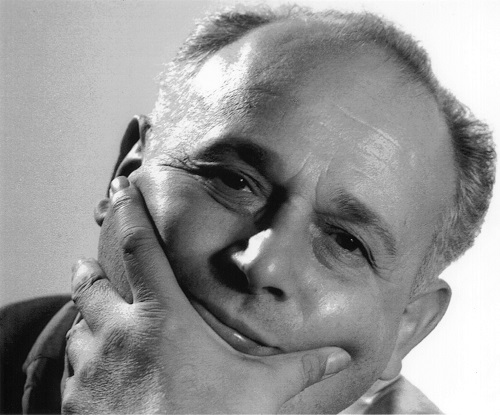
Moshe Feldenkrais was a remarkable man. Born at the beginning of the 20th Century, his long and fascinating life is instructive on what his method aims to achieve. He travelled extensively from an early age. He carried out a wide variety of different work from teacher to labourer to scientist to writer (acting was next on the list.) And he integrated this enormous variety of experience and knowledge to develop his life’s work.
He grew up in what is now the Ukraine, part of the extensive Jewish community which then existed, in the time leading up to the First World War. Feldenkrais was not a religious man, but his upbringing in a culture steeped in Hasidic Judaism had a profound influence on his life… Click here to read whole article
14th February 2022
How are your hip joints?
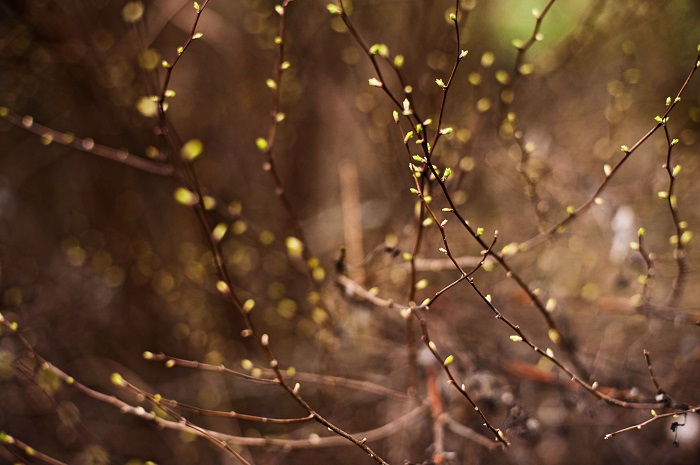
We’re getting there…spring can’t be too far around the corner now!
It’s a nice time to start getting more active again, perhaps in the garden, or dusting down those running shoes or hiking boots. So, I thought to take a closer look at our hip joints, which are central to these kinds of activities.
The idea of ‘self-image’ is key to Feldenkrais. The hip joints (where the heads of the femur meet the pelvis) are key to many, many actions. But, they can be difficult to locate.
If your image of where your hip joint is located is very different to reality, this can begin to get you into trouble. Where do you sense your hips joints in this month’s lesson? Are they close to the groin, or perhaps buried in the buttocks? And does noticing this affect your walking? Here’s a few more pointers on how to look after yourself during these lessons.
18th January 2022
Finding your feet and a remarkable 66 joints

How is the new year treating you? I can’t resist the temptation of asking if you’ve found your feet yet…Weak puns aside, it’s worth spending a moment to marvel at our feet. They have quite a job to do.
Densely packed with sensory and motor neurons, they receive lots of sensory input and make tiny adjustments much of the time to enable us to balance, stand and walk.
Each foot has 33 joints. There is potential for a wide variety of movement, and opportunity to optimise their function – not least because shoes can have the effect of discouraging their versatility.
Try this month’s lesson, on your front, to explore some of that variety. If you’re not used to being on your front, take it easy; and only stay prone for short periods. Here’s a few more pointers on how to look after yourself during these lessons.
16th December 2021
How easy is it for you to rest?

| Christmas is coming! Much as we may look forward to doing less, it’s not always so straightforward to wind down. Giving yourself a chance to catch up and recuperate is so important, but it’s a skill which is often under-rated. Rests are key in Feldenkrais. During group lessons these are frequent and short. It’s an integral part of not straining: knowing when a break will enhance what you’re doing, and then resting. Yet so often in our busy lives, we’re expected to do more, more and yet more – and many of us have internalised these expectations. Try this breathing lesson, from my Frome FM series. It should help you to genuinely relax, and put all those things you feel you should be doing into perspective. Take it easy, don’t do anything uncomfortable; if needs be take it slower, smaller, or even imagine the movements. I’m now on holiday until week of 10th January, and classes and lessons will restart then. Very happy festivities, and rest well! |
17th November 2021
How much of yourself do you make use of?

A new post…and a new resolution from me to post more often! Every month is the plan, so hold me to that if you don’t get anything for several weeks.
It’s been a while since the last one, April in fact. Time flies, and reading it over again it reminds me how recently we were locked down and yet how distant that all feels now. Let’s hope it stays that way.
I’m getting quite a kick from open-water swimming at the moment, in Vobster, a beautiful quarry lake near Frome. The water temperature is now 13 degrees, but still comfortable to have a 40 minute swim. I’ve loved exploring the use of myself from the tips of my toes to the tips of my fingers. My ribs are particularly enjoying going to places they haven’t been to in a while, if ever.
So…my focus in class till Christmas is ‘using the whole self’: how can we bring more, often much more, of ourselves into our movements? It can be very helpful, and freeing, to not rely on the same old bones, muscles and bits of our nervous system, to carry out our actions.
The classes are taking place in Frome, Somerset, on Monday and Tuesday mornings at 9.30am. The space is relatively small, so there is plenty of opportunity for me to give you individual attention. I’m also continuing my Friday morning zoom classes, now at 8.30am UK time.
To get you into the mood, try this lesson, called ‘hooking the big toe’. It’s from my Frome FM series. Take it really easy…and you definitely don’t have to straighten the leg.
21 April 2021
Eyes, Jaw and Tongue – how do they affect the rest of you?

I was lucky enough to get away to North Norfolk last weekend and found myself on an empty beach early one morning. I was running into the sun, which was still very low and bright, and closed my eyes for a few moments. Due to the emptiness and the flatness of the sand, I was able to keep them closed for some time.
What a wonderful sensory experience! After a while it almost felt like I wasn’t moving at all, feeling a bit like running on a treadmill. The loss of the visual cues really seemed to change the way I ran.
Feldenkrais is a systems-based method. You have pain in your shoulder, say. We don’t try to fix the shoulder, but help students to learn how to better co-ordinate the different parts of themselves – including the musculature, the skeleton and the nervous system – to alleviate the pain. So, changing how you receive sensory input, much of which we receive through organs of the head, can have a big impact on your whole system, the musculature and skeleton.
For the next few weeks, in my online classes, we’ll be exploring how use of the eyes, jaw and other teleceptors in the head change the way we use ourselves. Do come and join us on Fridays, from 23rd April, 10am (UK time.)
And in the meantime, why not try this jaw lesson at home, and notice how interconnected even the unlikeliest bits of us can be.
8th March 2021
Why is back pain so common?
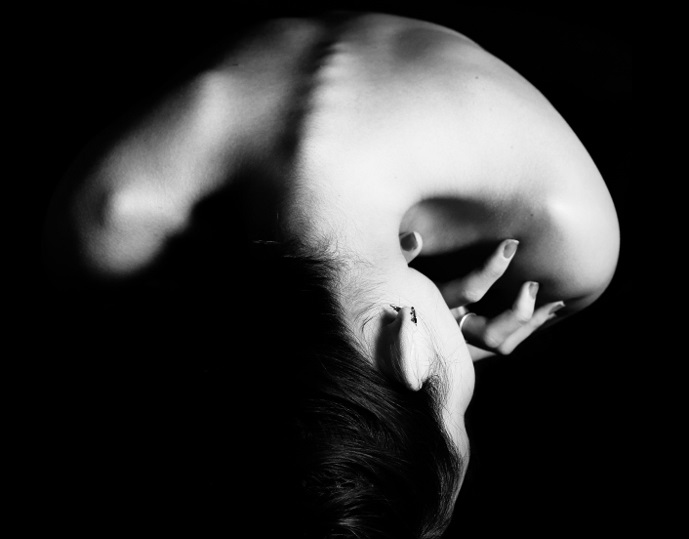
Many of us experience back pain from time to time. It was one of the reasons I started with Feldenkrais. Somehow, my six and a half foot frame couldn’t cope with sitting at a desk. It took me a while to get to know my spine well enough to sort these issues out.
The strength of muscles is important. But it is not the only thing that matters.
To optimise movement and alleviate pain, it’s important to learn how to release as well as contract muscles. If you habitually contract along your front and your back at the same time, it can become a painful tug-of-war between your own muscles. Or, if in looking at a screen for a long period, your head can drift forwards and lose support from lower down the spine.
Try this month’s lesson to explore the use of your spine, and how the different parts of it help one another. Do look after yourself in these lessons, here’s a few pointers.
1st February 2021
Learning how to learn

Like many, our kids’ classroom is at home at the moment with lockdown- yikes! I get frustrated with the overriding importance given to studying for exams. To my eyes they so often seem an unnecessary hoop to jump through, which obscures what children could learn about themselves and the world to thrive in life.
And while Moshe Feldenkrais was an extraordinary learner in the traditional sense, surrounded by books, he also placed huge importance on organic learning. So here goes, an article on this subject.
Learning to Learn – the Core of the Feldenkrais Method
The Feldenkrais method is not straightforward to describe. Relief of pain is a common feature, but Feldenkrais the man was clear that his approach was not a treatment, and that he was not a healer. Movement is central, but movement is not the end in itself…Read the whole article
11th January 2021
Heavy legs, light torso
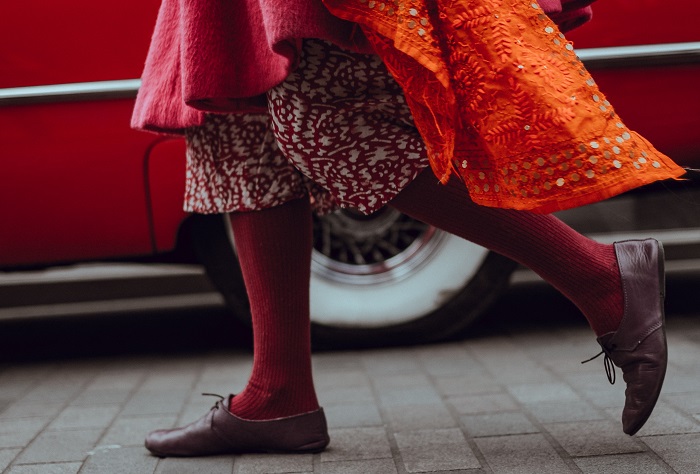
Another year, another lockdown…aaaaarrgh! I do hope you are managing to navigate it alright.
I have found myself running again, and walking a lot with the dog with so many restrictions in place. It’s a great release but I’m finding my feet, knees and ankles need a bit of a reminder of how to work effectively.
It’s helpful to think not just of our legs but the rest of ourselves. Thinking of heavy legs and a light torso is one way to do this when we walk or run. Weight and strength in the legs enables the pelvis and ribs to move more easily, and the head to find greater freedom.
Try this 15 minute lesson – do you notice a better connection across yourself at the end?
3rd December 2020
Good health!
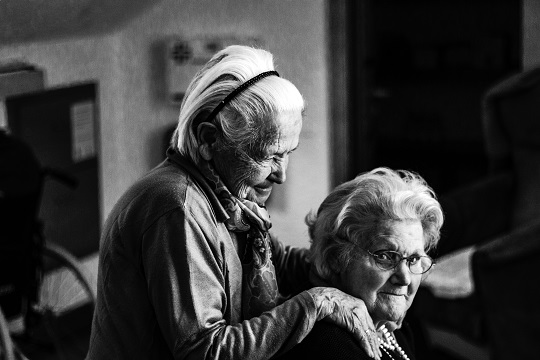
The news of vaccines will cheer many of us – but health is a complex concept, a lot more nuanced than an absence of illness.
Moshe Feldenkrais felt a healthy person was one who followed their unavowed dreams fully. (‘Unavowed’ in the sense of those dreams we have not yet owned up to, or promised ourselves yet.) He also argued that good health was about the ability to recover from shocks. Both of these ideas give agency to us as individuals, and the Feldenkrais method opens up new options for change.
Try this month’s lesson: do your shoulders have more possibilities to move by the end?
24th June 2020
Do you let your limbs do too much of the work?
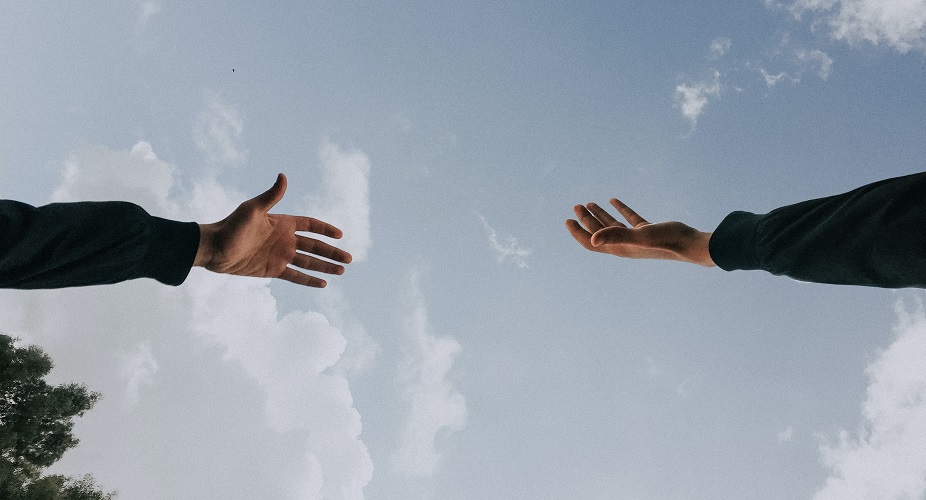
Our hands and feet can be quite distant from our centre, and it’s possible to think of them as separate to ourselves. We might think of ‘my hand’ or ‘my toes’, say, rather than ‘me’: a subtle but significant difference.
We can run into difficulties if we allow our limbs to be used without harnessing the power of much of the skeleton. Try this month’s lesson, and notice how a small movement of the hands can change the whole torso.
It’s important to look after yourself while doing Feldenkrais lessons – please listen to this short audio to find out how. 20th April 2020
Finding Home
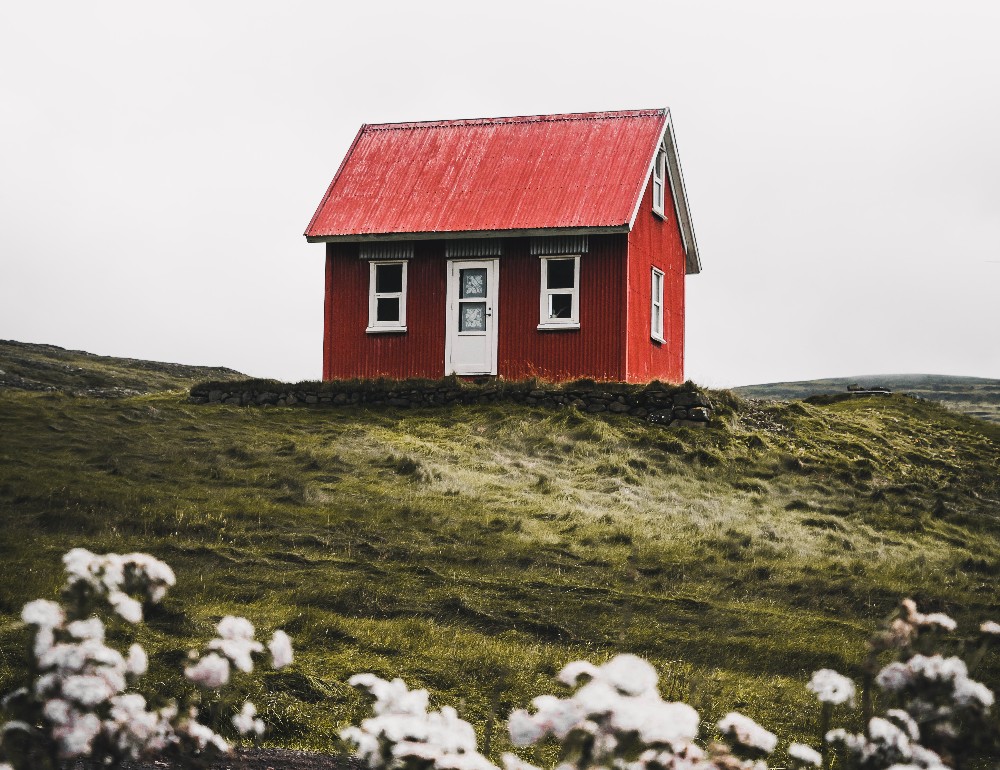
How life has changed these last four weeks! Lockdown has altered my relationship with home. It’s been quite a rollercoaster for me, but all in all I seem to have found a way to belong between these four walls. Necessity being the mother of invention etc.
Try this month’s lesson. In rounding along the spine do you have a more restful, comforting sense of yourself? In opening up again, extending the spine, do you sense a greater readiness to face the world? And speaking metaphorically, where along the continuum of rounding and then straightening feels more like home at the moment?
And of course I wish you and your loved ones all the very best at this time.
11th March 2020
Releasing (and harnessing) stress
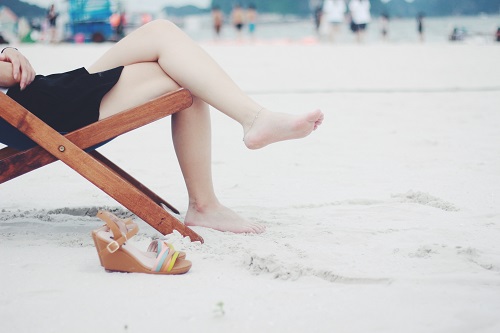
Everybody knows stress is bad for you – almost a leitmotiv of our times. But it is necessary, in a physiological sense, and can be beneficial. In the short term, adrenaline improves memory, cognition and mobilises energy. It’s the shifting between an aroused and more resting state which is the tricky bit.
Try this month’s lesson – how does flexing and extending relate to these two different states?
Feldenkrais often makes people more relaxed, but this is only the start – the place where your organism is safe enough to make longer term changes. The end game is actualizing intentions, by bringing a greater awareness to what we do.
13th January 2020
Is sitting driving you crazy?
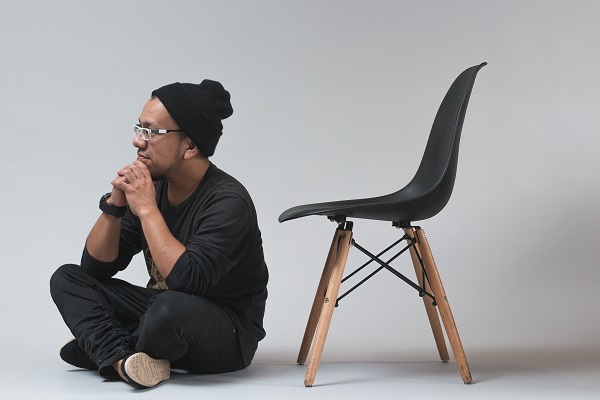
We sit a lot – and sometimes it’s not comfortable. It can feel like there’s nothing we can do about it (stuck at the wheel of a car, say, or fixed to a screen, desperate to get work finished.)
Feldenkrais is all about finding options in movement (and also in a wider sense in life), and not being stuck.
Try this month’s lesson. You don’t have to unbend the leg any more than is completely comfortable (imagine the movement if you prefer not to straighten at all.) What does it tell you about how your hip joints – together with your legs, spine, ribs and head – can make your sitting more comfy?
28th November 2019
How to avoid a pain in the neck
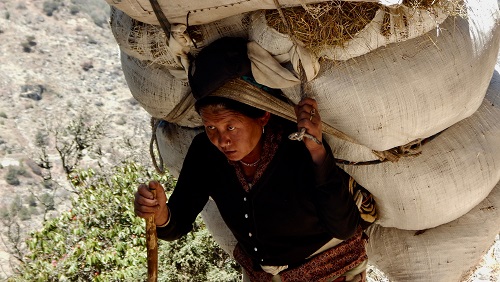
Our skeleton is designed to keep the head free, the hunter-gatherer in us able to locate opportunities and dangers. Yet it’s easy to overwork the small muscles of the neck, and find it stiff.
While the neck is a discrete area, it’s very much part of a larger whole. The spine is designed to work best in concert throughout its length. It then needs to co-ordinate with the limbs and head to optimise movement.
In our eagerness to compartmentalize ourselves, the neck gets isolated and we ask it to do more heavy-lifting (in the literal and metaphorical sense) than it should. Try this month’s lesson to see how the length of the skeleton can do wonders for the neck.
25th October 2019
Open the chest……
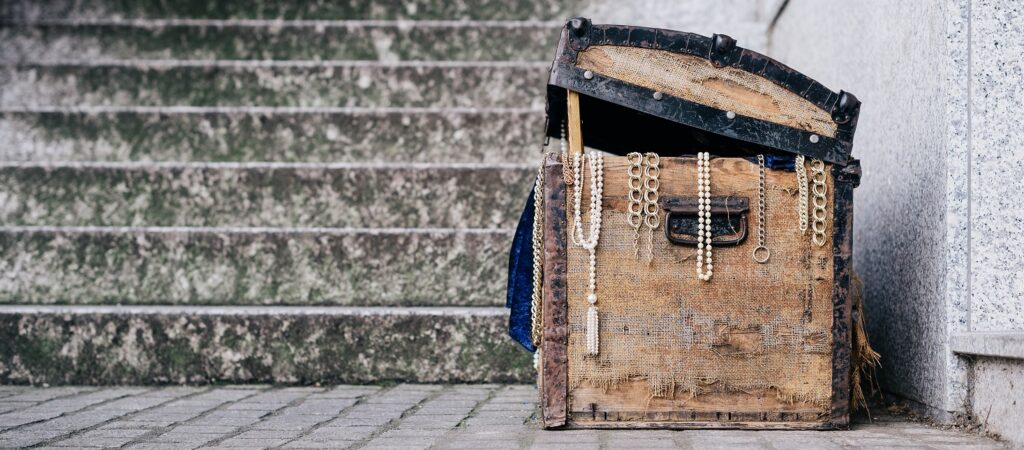
Many of us do it: rounding the upper spine and shoulders, closing the chest a little too much and too often. Laptops, smartphones and modern life have much to answer for.
A more open chest can feel very different – a sense of greater power, ease of breathing, better support and turning of the head, and a more resonant voice.
See what difference this month’s lesson can make.
The power of gentle movements is remarkable – that is the Feldenkrais way. It doesn’t have to be forceful, you don’t have to stand like a sergeant major, or take it any further than is completely comfortable.
16th June 2019
Release the jaw…and release tension across your whole self
Why might you want to lie down, and move your jaw around a bit? Try this lesson to find out.
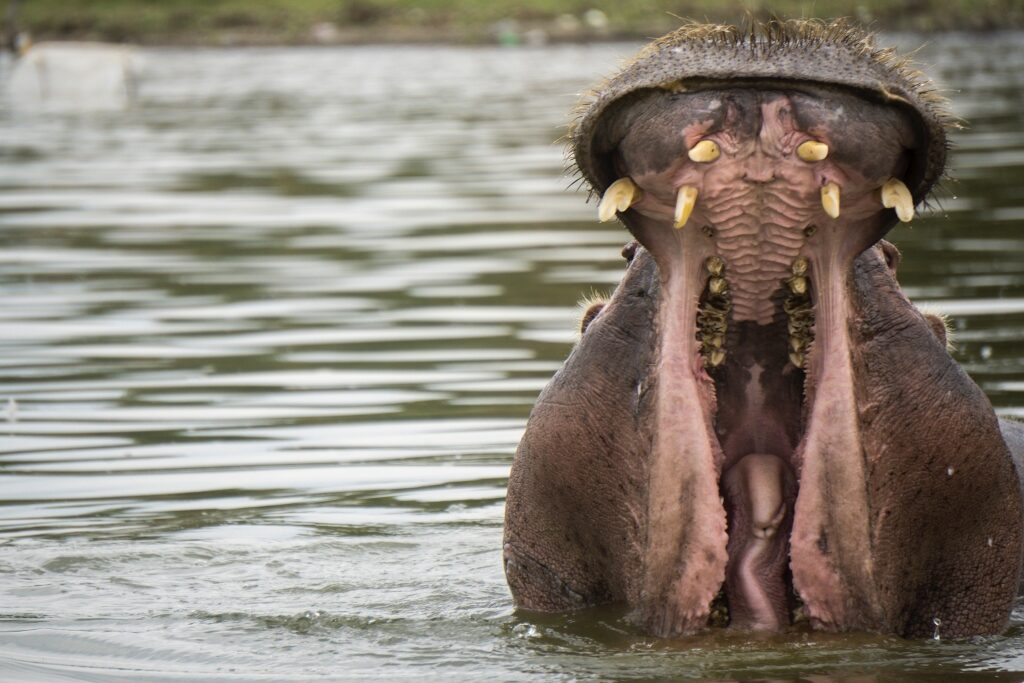
It makes up a significant proportion of our head bone, and enables (among other things) the nifty circular motion of chewing.
Different parts of the body relate through the nervous system. The jaw (or say, hands or face) can be places we particularly hold tension. Such areas are key in infant movements, and are therefore wired deeply into and heavily influence our nervous system. By releasing one of these areas you can release tension throughout your musculature.
